The Ultimate Guide to Choosing the Right Vertical CNC Machine for Your Business Needs
In today's fast-paced manufacturing landscape, selecting the right equipment is crucial for businesses aiming to enhance productivity and precision. Among the myriad options available, the vertical CNC machine stands out as a versatile and efficient choice for various machining applications. However, with a diverse range of models and features, choosing the appropriate vertical CNC machine can be daunting for many business owners and operators. This guide aims to demystify the selection process, providing insights into key factors to consider, such as workflow requirements, material compatibility, and budget constraints. Whether you're a seasoned machinist or new to the world of CNC technology, understanding how to navigate the complexities of vertical CNC machine options will empower you to make informed decisions that align with your business needs.
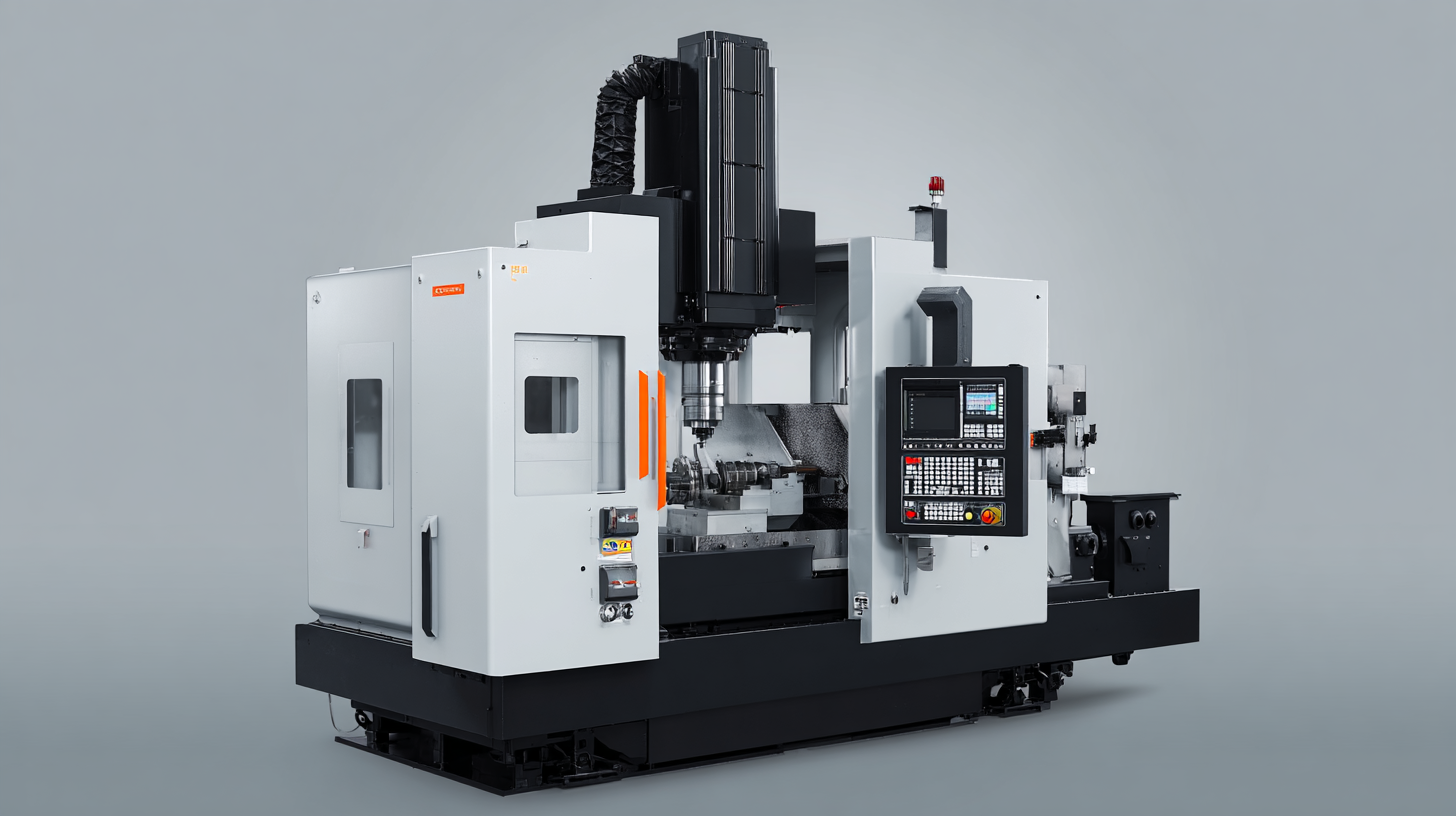
Understanding Your Business Requirements for CNC Machining
When selecting a vertical CNC machine for your business, understanding your specific machining requirements is crucial. According to a report by MarketsandMarkets, the global CNC machining market is projected to reach $100 billion by 2026, driven by increasing automation and the demand for precision components across various industries. Therefore, businesses should carefully assess their production volume, material types, and component intricacies before investing in a CNC machine.
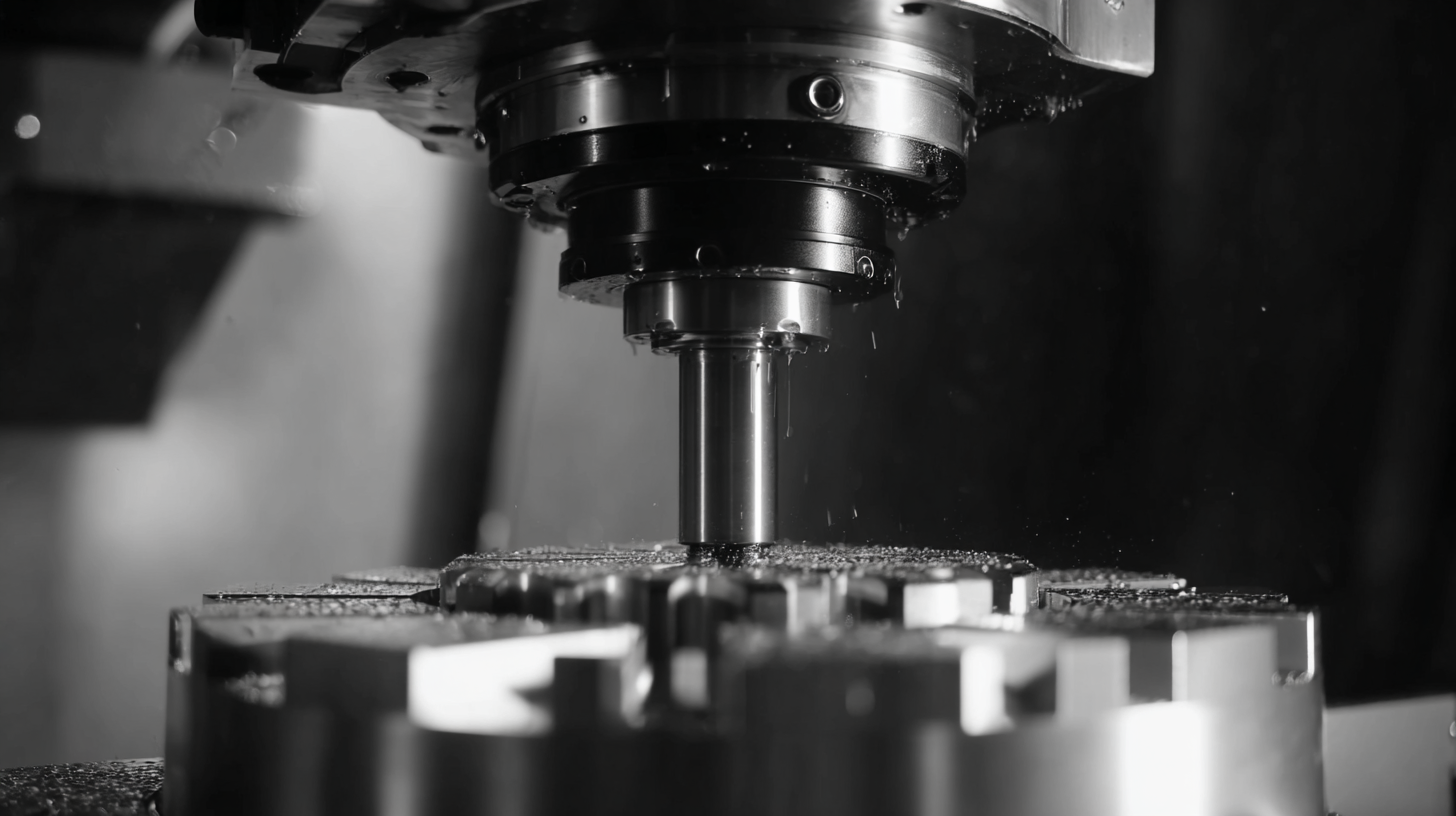
It’s essential to evaluate the scope of your production needs. For instance, if your business focuses on low-volume, high-precision components, a vertical CNC machine with advanced precision and flexibility may be more beneficial. Research from Grand View Research indicates that vertical CNC machines account for approximately 45% of the CNC machine market, emphasizing their importance in diverse manufacturing processes. Additionally, consider future scalability; a machine that supports a wider range of tooling options and software capabilities can adapt as your business evolves, ensuring longevity in your investment.
Key Features to Look for in Vertical CNC Machines
When selecting a vertical CNC machine for your business, it's crucial to understand the key features that can significantly impact performance and efficiency. One of the primary aspects to consider is the machine's rigidity and stability. A robust frame ensures precision and reduces vibrations during operation, which is essential when handling intricate workpieces. Additionally, the travel range of the machine’s axis must align with your specific production requirements, allowing for versatility in project sizes.
Another vital feature to look for is the machine's control system. An intuitive, user-friendly interface can drastically reduce the learning curve for operators, enhancing productivity. Advanced options may include touchscreen interfaces and programmable settings, allowing users to customize operations for improved workflow. Furthermore, consider the tooling capacity and compatibility, as a wider range of tooling options can increase the machine's overall utility and adaptability to various tasks. Investing in a vertical CNC machine that emphasizes these features will ultimately support your business needs and drive manufacturing efficiency.
The Importance of Key Features in Vertical CNC Machines
Comparing Types of Vertical CNC Machines for Different Industries
When it comes to selecting the right vertical CNC machine for your business, understanding the specific requirements of your industry is crucial. Different industries, such as aerospace, automotive, and healthcare, each have their own unique needs when it comes to precision, material compatibility, and production volume. For example, the aerospace industry may prioritize machines that can handle lightweight materials with high precision, while the automotive sector might require machines capable of managing heavier materials and faster production rates. Therefore, a thorough comparison of the various types of vertical CNC machines available on the market can guide businesses towards the most suitable options.
Moreover, leveraging multi-criteria decision-making (MCDM) methods can significantly enhance the selection process. By evaluating factors such as cost, efficiency, flexibility, and maintenance requirements, manufacturers can make more informed decisions. Recent trends in MCDM highlight the importance of understanding how each machine aligns with specific operational goals—allowing companies to adopt machines that not only fit their immediate needs but also support long-term growth and adaptability in an ever-evolving digital manufacturing landscape.
The Ultimate Guide to Choosing the Right Vertical CNC Machine for Your Business Needs
| Machine Type | Ideal Industries | Max Workpiece Size (mm) | Axes of Movement | Price Range ($) |
|---|---|---|---|---|
| Standard Vertical CNC | Manufacturing, Aerospace | 600 x 400 | 3 | 10,000 - 30,000 |
| High-Speed Vertical CNC | Automotive, Electronics | 800 x 500 | 3 | 20,000 - 60,000 |
| Vertical CNC Mill | Medical, Defense | 1000 x 600 | 3 | 15,000 - 50,000 |
| Compact Vertical CNC | Small Workshops, Prototyping | 400 x 300 | 3 | 5,000 - 15,000 |
| Multi-Axis Vertical CNC | Aerospace, Automotive | 1200 x 800 | 5 | 40,000 - 100,000 |
Evaluating Budget and Investment for CNC Machinery
When considering the acquisition of a vertical CNC machine, evaluating your budget and investment options is crucial. A recent report by Industry Research states that the global CNC machine market is projected to reach approximately $100 billion by 2026, growing at a compound annual growth rate (CAGR) of around 6.8%. This data underscores the importance of making informed decisions regarding your financial commitments in CNC machinery, as the right investment can significantly enhance production efficiency and profitability.
Tip: Prioritize your operational needs before making a purchase. Analyze your current workflow and production goals to determine the appropriate specifications for your CNC machine. Investing in a machine that fits your requirements can prevent overspending on features that may not be necessary for your business.
Additionally, consider the total cost of ownership, which includes maintenance, training, and operational costs over the machine's lifecycle. According to a survey by the Association for Manufacturing Technology, companies can spend up to 30% of their initial investment on maintenance and operations within the first few years.
Tip: Create a detailed budget plan that accounts for these ongoing costs before selecting a machine. This strategic financial planning ensures that your CNC investment aligns with your long-term business objectives and provides maximum return on investment.
Maintenance and Support Considerations When Choosing a CNC Machine
When choosing a vertical CNC machine, maintenance and support should be at the forefront of your decision-making process. A dependable machine is vital for minimizing downtime and ensuring operational efficiency. Look for manufacturers that offer comprehensive support services, including quick response times and readily available spare parts. This can significantly reduce the time your production line is halted due to technical issues.
**Tip:** Consider researching customer reviews and case studies regarding the manufacturer’s support services. Engaging with other businesses that use the same machines can provide valuable insights into the reliability of the support you can expect.
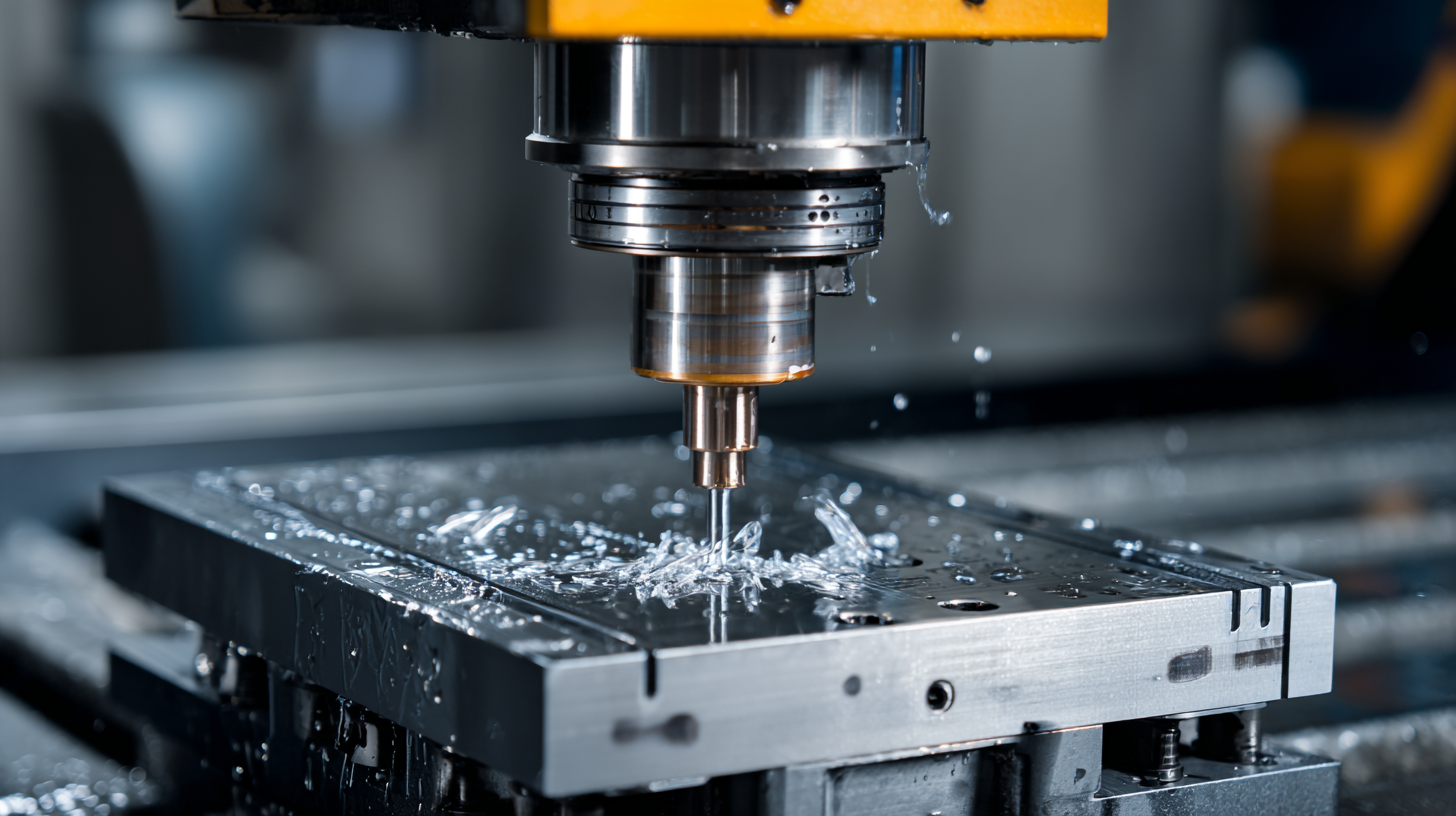
Additionally, regular maintenance is crucial for extending the lifespan of your CNC machine. Opt for a model that allows for easy access to components for maintenance tasks. Preventive maintenance programs offered by manufacturers can also help in identifying potential problems before they become severe issues.
**Tip:** Always inquire about the availability of maintenance training for your staff. Teaching your team to perform basic maintenance checks can help in catching issues early and can often lead to improved performance and less frequent need for professional repairs.
Related Posts
-
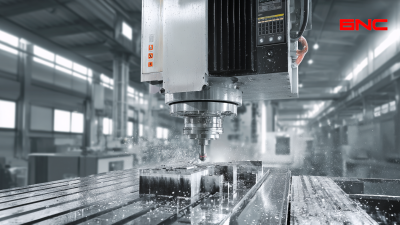
Exploring Top Alternatives to the Best Vertical CNC Machine for Global Buyers
-
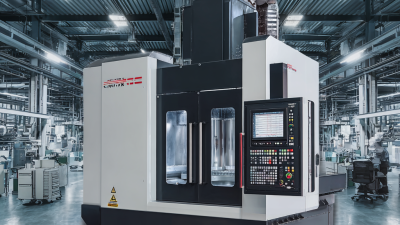
Unveiling the Technical Specifications of the Best Vertical CNC Machines for Global Buyers
-
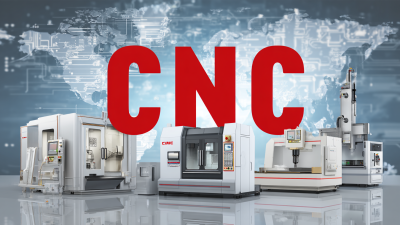
Understanding Import and Export Certifications for Best Different CNC Machines A Comprehensive Tutorial for Global Buyers
-
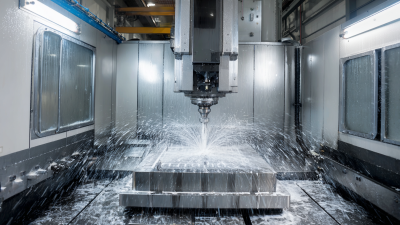
Top Strategies for Maximizing Efficiency with Large Milling Machines
-
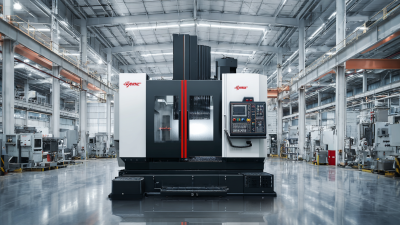
Discover Unmatched Manufacturing Excellence with the Best Horizontal Milling Machine from Leading Chinese Factories
-
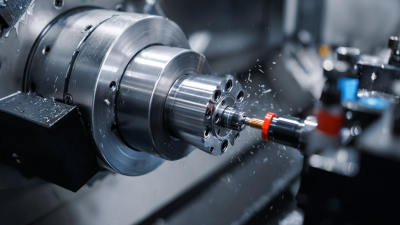
Ultimate Checklist for Selecting the Best CNC Turning Machine for Your Business
